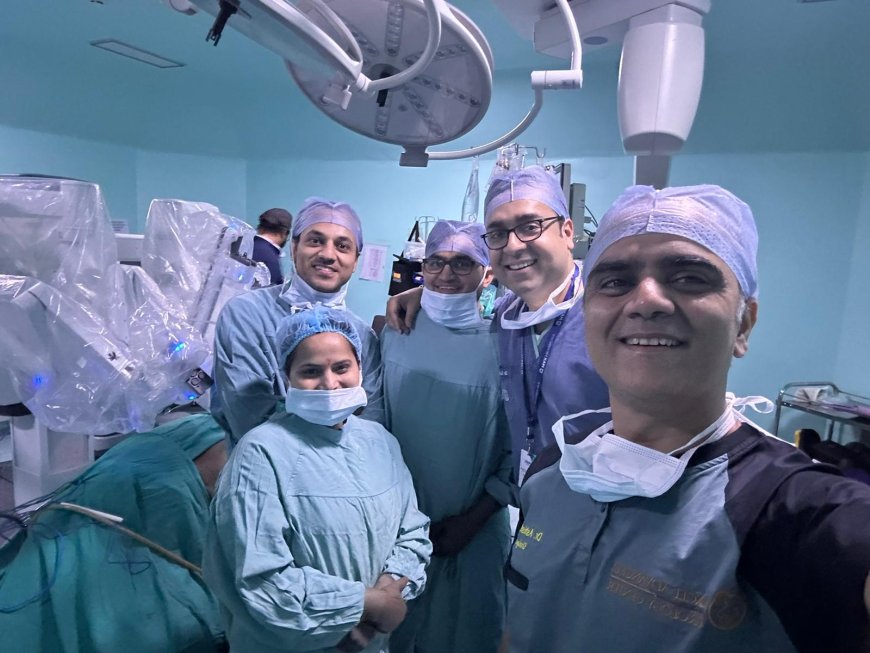Understanding Bladder Neck Obstruction and Hymenoplasty: Purposes and Implications
This article provides an in-depth exploration of each topic, their interrelation, and the purposes behind hymenoplasty.

Bladder neck obstruction and hymenoplasty are two distinct medical conditions and procedures that address different aspects of health and well-being. This article provides an in-depth exploration of each topic, their interrelation, and the purposes behind hymenoplasty.
Bladder Neck Obstruction: Causes, Symptoms, and Treatments
What is Bladder Neck Obstruction?
Bladder neck obstruction (BNO) is a condition where the flow of urine from the bladder is impeded at the point where the bladder connects to the urethra. This obstruction can lead to various urinary symptoms and complications.
Causes
BNO can be caused by a range of factors including:
- Benign Prostatic Hyperplasia (BPH): An enlarged prostate gland compresses the bladder neck and urethra.
- Post-Surgical Changes: Surgeries such as prostatectomy can inadvertently lead to scarring or changes that obstruct the bladder neck.
- Congenital Anomalies: Some individuals are born with structural abnormalities that affect urine flow.
- Trauma: Injury to the pelvic area can result in scarring and obstruction.
Symptoms of Bladder Neck Obstruction
Common symptoms of bladder neck obstruction include:
- Difficulty starting urination
- Weak urine stream
- Frequent urination, especially at night
- Pain or discomfort in the lower abdomen
- Incomplete bladder emptying
Diagnosis and Treatment
Diagnosis typically involves a combination of phi
atient history, physical examination, and diagnostic tests such as uroflowmetry, cystoscopy, or imaging studies.
Treatment options depend on the severity and cause of the obstruction. They may include:
- Medications: Alpha-blockers and 5-alpha reductase inhibitors can help reduce symptoms.
- Minimally Invasive Procedures: Techniques like balloon dilation or laser therapy can alleviate obstruction.
- Surgical Intervention: In more severe cases, procedures such as transurethral resection of the prostate (TURP) may be necessary.
Hymenoplasty: Understanding Its Purpose and Implications
What is Hymenoplasty?
Hymenoplasty is a surgical procedure aimed at reconstructing the hymen, a thin membrane partially covering the vaginal opening. This procedure is often sought for reasons related to personal, cultural, or religious beliefs.
Purposes of Hymenoplasty
-
Cultural and Religious Reasons: In some cultures and religions, the presence of an intact hymen is associated with purity and virtue. Hymenoplasty can be performed to restore the hymen for cultural or religious reasons.
-
Personal Choice: Some individuals choose to undergo hymenoplasty to address concerns about their own physical appearance or to enhance personal confidence.
-
Post-Trauma Reconstruction: Hymenoplasty can also be sought after trauma or injury that has affected the hymen.
Procedure Details
Hymenoplasty is typically performed under local or general anesthesia. The procedure involves:
- Preparation: The surgeon prepares the area and may use sutures to reconstruct the hymen.
- Suturing: Tissue is carefully sutured to recreate the hymenal ring, often using absorbable sutures.
- Recovery: The recovery period is relatively short, and patients are usually advised to avoid sexual activity and strenuous activities for a few weeks.
Considerations and Controversies
Hymenoplasty is not without controversy. Some view it as a cosmetic procedure that may perpetuate harmful cultural norms. Critics argue that it places undue emphasis on the physical state of the hymen, which does not necessarily correlate with sexual activity or personal worth.
Conclusion
Bladder neck obstruction and hymenoplasty address very different aspects of health and personal experience. While bladder neck obstruction is a medical condition requiring careful diagnosis and treatment, hymenoplasty is a procedure with varied motivations, often influenced by cultural or personal beliefs. Understanding both topics helps in making informed decisions about treatment and personal care.












